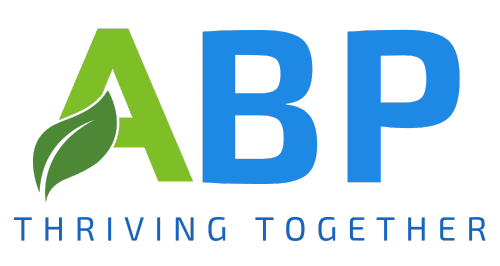People Behind the Numbers
(6th in the "It’s Not Magic, It’s Math" series)


Why Numbers Matter
Statistics are frequently used through the It’s Not Magic, It’s Math blog series. Numbers help quantify problems and opportunities. Studies and empirical evidence tell us when alcohol businesses follow best practices, especially the profitable pouring practice, there will be fewer incidents where first responders are called to handle violence inside businesses and DUI crashes on our roads.
Fewer incidents in which first responders are needed mean our friends, family, and community are safer.
MADD references a NHTSA study when stating: “2 out of 3 people will be impacted by drunk driving in their lifetime.”
A Personal Connection
It was in the 80s, and I was in my twenties when I first experienced the impact of a DUI crash on someone’s life.
It was also my first crush on an older lady (if you ignore all my female teachers). Charlotte, her name, Human Resources her game. I looked for opportunities to cross paths with Charlotte, with her librarian way—all-knowing, helpful, yet reserved. Then one day, she was gone.
She went on disability after a drunk driver killed her sister and her sister’s two young daughters.
Many months later, a person named Charlotte returned to the workplace, but she wasn’t the same person. She was a walking billboard for sadness, and soon, she left for good.
A few years ago, I met with a wonderful HB police lieutenant to discuss my upcoming best practices for a security workshop for the city’s downtown alcohol businesses when he shared what he knew about the following tragedy:


Dylan Mack, 18, and Brooke Hawley and A.J. Rossi, both 17, were killed by a drunk driver. A fourth occupant, Alexis Vargas, was severely injured.
The drunk driver survived; her BAC was .30 when eventually tested. I understand the driver was never cut off from alcohol service before she left a Newport Beach restaurant.
Profitable pouring would likely have prevented this tragedy.
According to one of my secret shoppers, the restaurant the driver left has a reputation for overpouring. Very few businesses do not overpour. In several years of operating a secret shopper service, only once did my spotters find a business with an average one-spirit overpour of less than 20%. In fact, the results were so odd we speculated that the bar staff was tipped off about our visit.
In future blogs we’ll share details on some of the 49 other best practices shared in our booklet on Best Practices for Nightlife establishments. When helpful, I will continue to use statistics and numbers to help communicate the size of problems and the need for change.
Remember the People Behind the Numbers
We must never forget those numbers often represent people. Many who are injured, some are killed, and others, like Charlotte, whose lives are forever haunted.
And know, most harm caused by over-intoxication inside alcohol businesses can be prevented.


